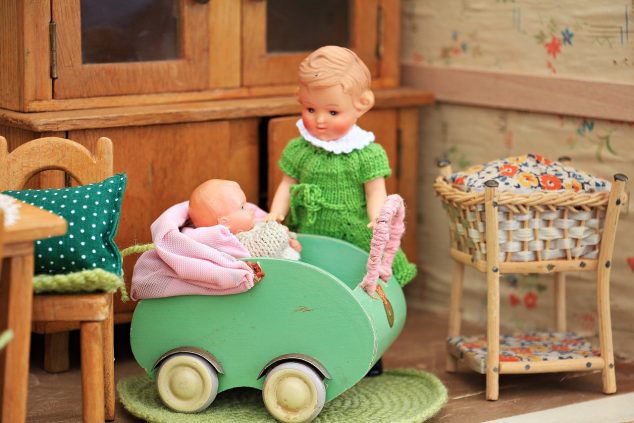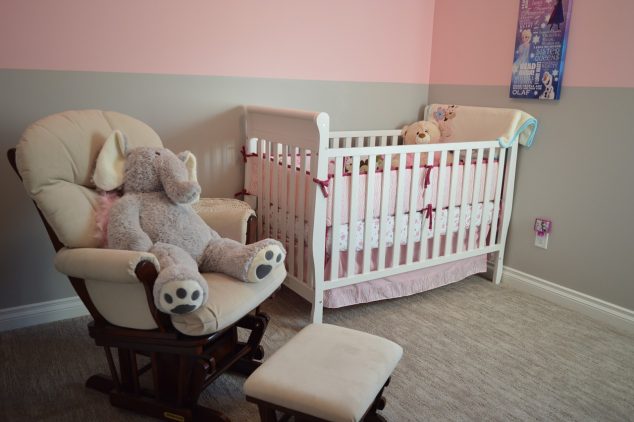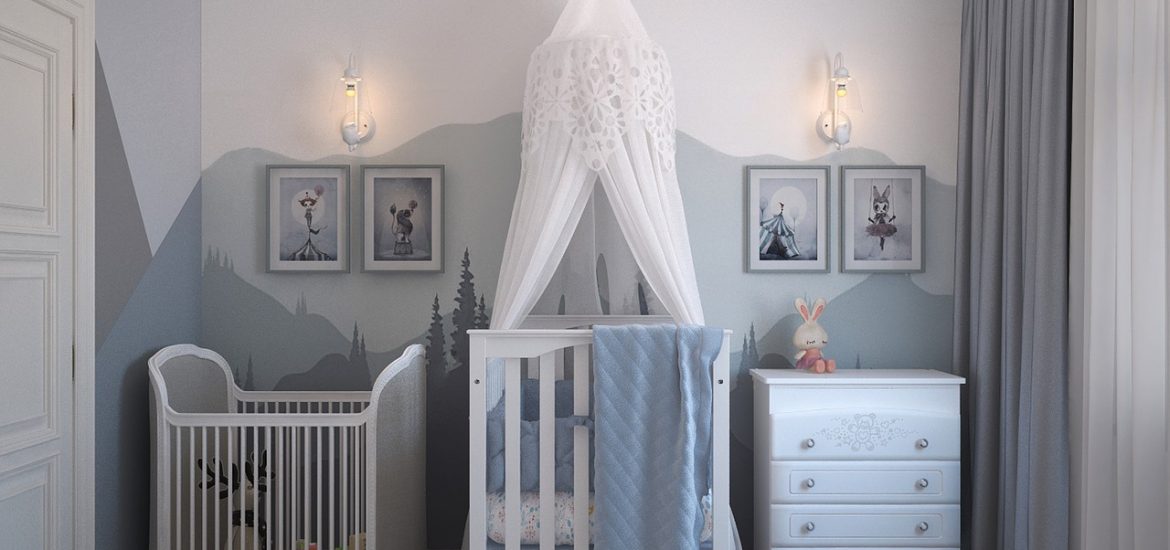Whether you’re expecting for the first time or just the first time in a while, baby-proofing is likely at the top of your to-do list. Before you bring your family’s new addition home from the hospital, it’s essential to make your home as safe as possible. Doing so can offer you peace of mind and prevent dangerous accidents once your baby starts moving around on their own.
This guide will provide some basic steps to add to your baby-proofing checklist. While these tips can act as general guidelines, remember that every family has its unique baby-proofing needs. If you are unsure about what might be a hazard to your baby, talk to your doctor.
Use baby gates
Once your baby starts crawling, you want to do what you can to prevent falls. And for families with multi-story homes, this means installing baby gates. These barriers will be essential to stop your baby from falling down the stairs if they crawl too close to the edge.
You should also install a gate at the bottom of the stairs to prevent your little one from crawling upwards. These gates will also come in handy once your baby becomes a toddler and starts walking.

Anchor heavy objects
Babies spend much of their time on the ground, so you want to make sure that heavy objects are not at risk of falling on them. Anchor your television to the wall or TV stand, secure bookshelves to the wall, and keep lamps out of reach. As your baby grows, be sure that there are no heavy objects that they can easily reach and pull off of tables.
Take electrical safety measures
As your baby crawls around your home, their curious hands can reach all sorts of hazardous objects. Electrical wires and outlets should be of particular concern; be sure to purchase safety plates for all of your outlets, and double check that they are secure. You should also tie electrical wires to the wall or tuck them out of reach. There are devices available to hide your chords.
Store pillows and blankets
Especially if you have other little ones in your home, you might be used to having kids pillows and blankets on the floor. However, these objects can put your baby at risk. Just as you would not put a pillow or blanket in their crib, you don’t want these items accessible in the living room.
Keep pillows on couches out of reach and blankets in special baskets. This will prevent your baby from finding their way to a blanket and harming themselves.

Latch your cabinets
Keeping your baby safe doesn’t have to involve a full kitchen or bathroom remodeling project, but these rooms should be of particular concern. Be sure to place baby locks on all low-level cabinets, as these spaces often store cleaning products. You should also be sure that your medicine cabinet is secure, as your baby could potentially discover medications or first-aid items.
Check for choking hazards
Once your baby starts crawling around the house, you will need to be mindful of all choking hazards. Switch to cordless blinds and keep small objects off of the floor. If you have older children, you will likely need to explain what items and toys are not safe to keep around the baby. While this can be tricky to monitor, it’ll be well worth it when your baby is safe from choking hazards.
As a new parent, it can feel like your list of baby-proofing tasks is neverending. Be sure to start at least a month before the baby arrives, giving yourself plenty of time to complete the job. You can enjoy extra peace of mind by having these tasks done ahead of time; then you can simply enjoy time with your new little one.

